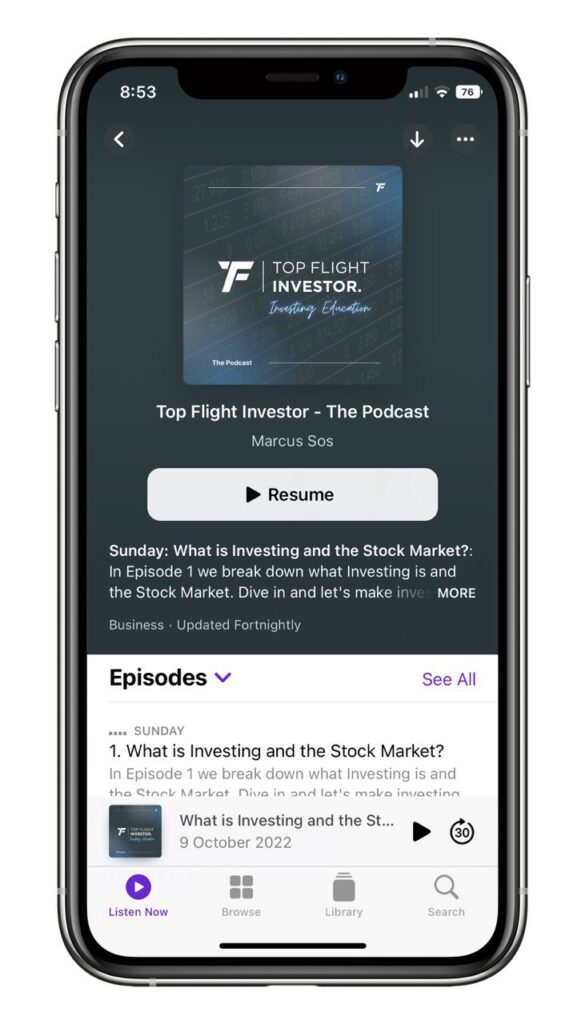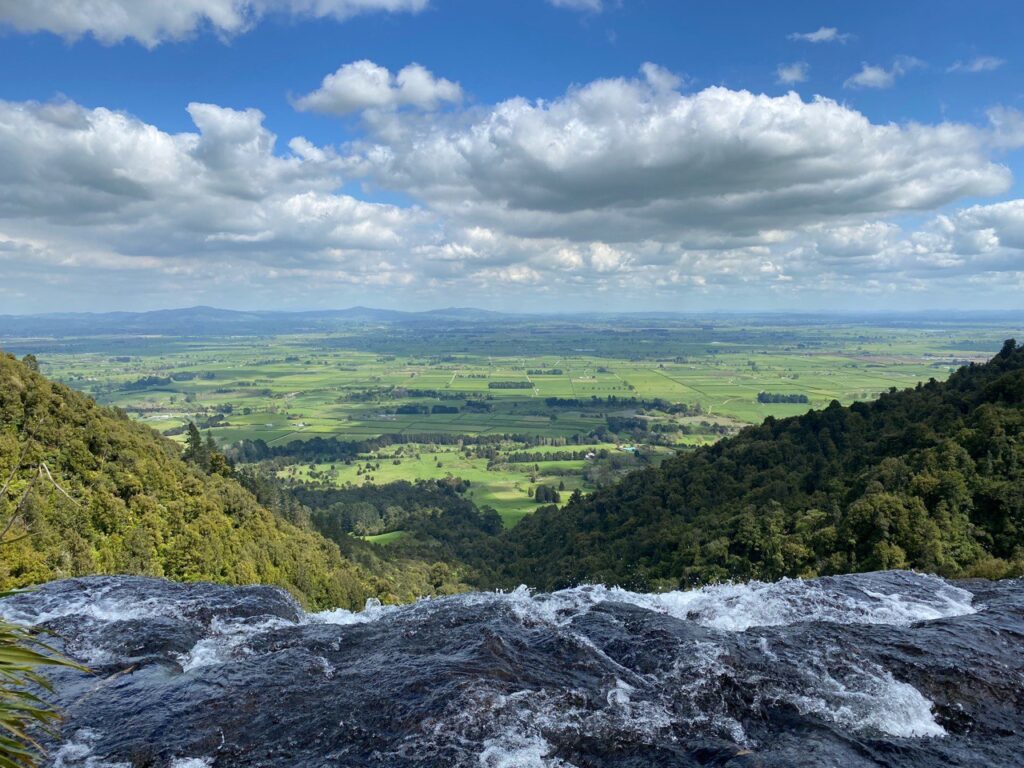
Everywhere you turn there seems to be predictions of economic doom and gloom – Whether it be the sharemarket crashing even further, house prices getting destroyed, or the pain of a severe recession. In October 2022’s What’s been happening in the markets article we provide our thoughts on all the negative commentary, cover the recent market movements, Kernel’s brand new funds, and other investment product updates.
This article covers:
1. Market movements
2. Product updates
3. What we’ve been up to
1. Market movements
Here’s how the markets performed across the month (as at 28 October 2022) in both their local currencies and in NZ dollar terms:
| MTD | MTD (NZD) | YTD | YTD (NZD) | |
| NZ shares (S&P/NZX 50) | 0.58% | 0.58% | -14.61% | -14.61% |
| Australian shares (S&P/ASX 200) | 4.81% | 0.89% | -8.85% | -5.35% |
| US shares (S&P 500) | 8.80% | 6.98% | -18.15% | -1.47% |
| UK shares (FTSE 100) | 2.23% | -9.89% | -4.56% | -15.11% |
| Bitcoin | 5.58% | 4.11% | -55.41% | -46.33% |
Overall October ended up being a positive month for the markets. We had earnings season underway in the US, where companies reported their financial results for the last 3 months. Earnings of big tech companies were interesting to keep an eye on (given they have such a big influence on indexes like the S&P 500 and Global 100), and they ended up being a bit of a mixed bag especially with Amazon and Meta dropping significantly over the month:
| Company | 1 month performance |
| Apple | 3.94% |
| Microsoft | -2.16% |
| Amazon | -12.37% |
| Alphabet | -4.13% |
| Meta | -29.95% |
However, other sectors like financials and consumer staples did well, helping the S&P 500 to an 8.80% gain for the month.
Economic news
Here’s a couple of brief highlights around what’s been happening in the economy over the past month:
- NZ inflation – Local inflation figures came in at 7.2% for the year to September 2022. The good news is that inflation is down from 7.3% in the previous quarter. The bad news is that inflation is still much higher than expected (the Reserve Bank of NZ had forecasted a 6.4% rate). This bad news led to fears that the Reserve Bank will raise the Official Cash Rate higher than expected (perhaps making a 0.75% increase in November), and these fears resulted in an almost immediate jump in mortgage and term deposit rates.
- Australia interest rates – On the other hand the Reserve Bank of Australia appears to be taking a less aggressive approach to tackling inflation, increasing Australia’s OCR by just 0.25% this month when a 0.50% increase was expected. They’re being a bit more cautious, seeing how the interest rate rises impact the economy before making further drastic moves, although economists are still expecting Australian interest rates to gradually rise over the coming months.
- UK bonds – Political and economic uncertainty in the UK led to bond prices over there to plummet. This threatened the financial viability of pension fund managers, leading the Bank of England to step in and buy up UK government bonds to stabilise the market. It’s quite extraordinary considering central banks around the world are selling off bonds and tightening money supply, rather than buying bonds and expanding it.
- US inflation – The most recent inflation figures over in the US came in at 8.2%. That’s still a high number, and it’s widely expected that the US Federal Reserve will raise interest rates by 0.75% on 2 November.
Even though the economic news has generally been bad, sharemarkets still rose this month. Though we don’t have a crystal ball to say what’ll happen to the economy and sharemarket next, this reinforces the fact that the sharemarket and economy aren’t the same thing – It’s possible for the sharemarket to rise even though economic conditions are looking grim. The sharemarket is forward looking, taking future economic conditions, and more importantly the future profitability and growth of the companies represented by the market into account. Meanwhile economic indicators are usually backwards looking. For example, inflation figures and GDP growth measure past inflation and GDP, rather than future inflation and GDP.
Negative commentary
We’ve noticed that there’s recently been a lot of negative commentary out there around investing, the housing market, and the economy in general, and it’s easy to start feeling down after hearing about all the doom and gloom. Here’s how we’re navigating through these times:
Ignoring the negativity – While some predictions of doom and gloom may come true, most won’t. No one can know with 100% certainty where interest rates are heading next, how severe the next recession will be and so on. There’s several reasons why there’s so much negative commentary these days like:
- Wanting to get more clicks – Bad headlines gets more clicks than happy ones, regardless of how accurate or true they might be.
- Wanting the markets to turn to custard – Some people genuinely want the markets to get worse, so that they can validate their own financial decisions (e.g. to feel better about selling off their shares or not being able to afford a house).
- Extrapolating the current situation too far – It’s entirely possible that the current situation could get worse before it gets better. But people often forget that the situation could change for the better, wither unexpectedly or sooner than anticipated.
Perhaps we’re being too optimistic here. But people are generally bad at predicting the future, so perhaps it’s best to focus on the things we can control, rather than worrying too much about things we can’t like the direction inflation, interest rates, and the global economy could be headed.
Sticking to our plan – Our investing goals haven’t changed, so nor should our investing strategy. We’re consistently making contributions into our usual set of investments, rather than trying to time or outsmart the market. In addition, we like to think that having all this negativity is a good time to be contributing to our investments, as we’re happy to buy into our funds at lower prices when most others are afraid to do so.
Having an emergency fund – Long-term investments exist in your portfolio to make you rich. Emergency funds help protect those investments by allowing you to cover unexpected expenses without having to get into debt or sell off those long-term investments. An emergency fund should be considered a friend you can turn to when times get tough. So we’re making sure it’s a decent size and that we’re growing it in response to inflation.
Small improvements to our finances – You can still get ahead when times are tough by making small improvements to your finances every week. This could include reviewing your bank accounts, subscriptions, utility providers, or chucking an extra $5 into your savings or investment account. These actions may not make a big difference to our financial position, but will keep us feeling positive.
2. Product updates
Kernel releases 3 new funds

Since the launch of their KiwiSaver scheme in April this year, Kernel have been signalling that they’re working on introducing some conservative investment options. This month they’ve delivered on that promise with the introduction of two new funds:
- Kernel Balanced Fund – Invests 60% into a mix of shares similar to that of their High Growth Fund, with the remaining 40% invested into income assets (5% cash, 17% NZ bonds, and 18% international bonds). The fund is targeted at medium-term investors with an investment timeframe of 3-7 years.
- Kernel Cash Plus Fund – An actively managed fund investing in 100% cash and cash equivalents (e.g. short-term debt). Targeted at those investing for the short-term (1-3 years) and aims to deliver a return higher than that of a typical bank savings account.
In addition, they’ve released a currency hedged version of an existing fund:
- Kernel Hedged Global 100 Fund – Invests in 100 of the largest global companies across the world’s sharemarkets, currency hedged to the New Zealand Dollar to remove the exchange rate fluctuations associated with investing in overseas assets.
The three new funds have a management fee 0.25% (in line with most other Kernel funds), and are available in both KiwiSaver and non-KiwiSaver form. They’ll be available to buy and sell from early November.
Lastly, Kernel have made some slight tweaks to their existing High Growth Fund. The Global 100 portion of the fund is now split 50/50 between hedged and unhedged (previously it was fully unhedged), and the Global Infrastructure portion of the fund is now fully currency hedged (previously fully unhedged).
The three new funds are welcome enhancements to Kernel’s offering, closing some big gaps in their product range:
- Firstly, the Cash Plus Fund provides an alternative to their existing Notice Saver product. It’s more flexible (not requiring a 34 day notice period to withdraw from it), potentially more tax efficient (being taxed at your PIR, rather than RWT rate), and is available in KiwiSaver form (the Notice Saver is only available outside of KiwiSaver). However, it has a 0.25% fee and may have short periods of negative performance, while the Notice Saver account doesn’t have any fees and is unlikely to go negative.
- Secondly, the Balanced Fund provides a viable option for those with shorter investing timeframes, or those with a lower risk tolerance. The fund’s allocation to bonds should make it less volatile than Kernel’s other funds, which only cater to those with long-term investment horizons and who have a high risk tolerance.
- Lastly, the Hedged Global 100 Fund provides another currency hedged option to add to their existing Hedged Global Infrastructure, S&P 500, and Global Green Property Funds. It’ll appeal to many investors in the current environment with the weak NZ Dollar. But keep in mind hedging is simply a tool that removes FX volatility, rather than something that’s guaranteed to increase returns over the long-term.
Further Reading:
– Kernel review – High quality index funds
Minimum investments lowered for Easy Crypto and Squirrel

Cryptocurrency retailer Easy Crypto have lowered their minimum purchase amount from $100 to $50 making purchasing the likes of Bitcoin and Ethereum more accessible. However, this isn’t necessarily good news. At the same time Easy Crypto have introduced $0.50 fee on the Account2Account payment method for orders smaller than $500 (which equates to a fairly chunky 1% on a $50 order). Though the slower bank transfer payment method remains free.
Easy Crypto payment methods and fees:
– Account2Account – $0.50, for purchases under $500.
– POLi – 1% with a maximum fee of $3, for purchases under $500.
– Credit/debit card – 2.6% plus $0.34.
– Bank transfer – No fees.
Also keep in mind the network fees you’ll need to pay to send most cryptocurrencies to your wallet. For example, the current Ethereum network fee is around $2. That equates to 2% on a $100 purchase, but increases to a massive 4% on a $50 purchase. So despite the reduction in minimum investment, larger purchases are still more cost effective for many types of cryptocurrencies.
Further Reading:
– Easy Crypto review – The best on-ramp to the world of cryptocurrency?

Peer-to-peer lending platform Squirrel have previously been relatively inaccessible with a high minimum investment of $500. This has now been lowered to $100.
Further Reading:
– Peer to Peer Lending review – Squirrel
Realties takes a crack at property crowdfunding

RealtiesNZ is the latest company to offer property crowdfunding in NZ, allowing people to invest as little as $50 into the residential property market and become a landlord. RealtiesNZ’s first offer is a $3.4 million property in Mount Wellington, Auckland, which comprises 10 bedsit units. It’s proposed that the current owner of the property will retain a 60% share, with the remaining 40% share owned by those who invest in the deal.
A few other platforms have had a crack at property crowdfunding in NZ in the past, all with little success. These include The Ownery, The Property Crowd, and Opoly, where a combination of high fees, lack of leverage, and muted interest compared to other investment platforms saw the demise of these services.
Given Realties isn’t doing anything substantially different from their predecessors, and with the currently weak market sentiment around investment and the housing market, we think they have a massive mountain to climb to make their platform a success.
Further Reading:
– What happened to Property Crowdfunding in New Zealand?
3. What we’ve been up to
Interesting reads
Here’s some interesting investing related content we came across this month:
- Five bright spots amongst the gloom (Craigs Investment Partners) – It’s not all doom and gloom out there. This article provides a few reasons to be optimistic about the current state of the markets.
- Credit Suisse – 2022’s Latest ‘Lehman Brothers Moment’ (The Plain Bagel) – Recently there’s been some speculation over Credit Suisse (a large investment bank and financial services firm) being on the brink of going bust and triggering another major financial crisis similar to that of 2008. This YouTube video looks at some of the facts behind the bank’s financial position.
- Know the Retirement Savings Statistics and Then Beat Them (The Happy Saver) – The Happy Saver shares her perspective on the KiwiSaver gender gap (where men tend to have higher KiwiSaver contributions and balances compared to women), and her own strategies for investing for retirement.
- Be very careful about locking in three to five-year fixed rates (Tony Alexander) – A slightly more optimistic view on interest rates. Tony reinforces our view that economists and professionals are bad at forecasting the future, so we shouldn’t necessarily panic about interest rates continuously rising and staying high for the long-term.
- Top Flight Investor podcast – Lastly, our friend Marcus from Top Flight Investor recently released the first episode of his investing education podcast so be sure to check it out!

Money King NZ happenings
The Money King NZ site has been slightly quieter this month, with low investor sentiment and less new content having an impact on visitor numbers. However, our index fund articles have remained popular:
Our popular index fund articles:
– The ultimate guide to index funds in New Zealand
– What’s the best NZ shares index fund in 2022?
– What’s the best global shares index fund in 2022?
– What’s the best S&P 500 index fund in 2022?
Apart from investing, this month we visited Cambridge, climbed up the Wairere Falls track, and ate noodles at Satay Noodle House. Lastly we checked out the new Costco store, but don’t think we’ll be regular shoppers there. The selection of products in each category is way smaller than the usual supermarkets, and the large/bulky size of most products is way too much for what we consume. We’ll be sticking to our local Pak’nSave and Asian supermarkets for our groceries.




In case you missed them
Thanks for dropping by and reading our October 2022 news article. In case you missed them, here’s the articles we published over the month:
- What I learnt – ‘Crypto Curious?’ investing event
- Gold and Silver – Is it investing or gambling?
- The ultimate guide to bank and savings accounts in New Zealand
Follow Money King NZ
Join over 7,500 subscribers for more investing content:
Disclaimer
The content of this article is based on Money King NZ’s opinion and should not be considered financial advice. The information should never be used without first assessing your own personal and financial situation, and conducting your own research. You may wish to consult with an authorised financial adviser before making any investment decisions.